Vedic Astrology
Ancient Indian science known as Vedic Astrology explains how the motions and locations of the planets in relation to time affect people and other living things on Earth. Vedic astrology has a long history dating back thousands of years. Early Vedic astrology focused solely on how planets moved in relation to stars, but subsequently it expanded to include the zodiac signs as well. Vedic astrology claims that there are 27 constellations, each of which represents a different part of human existence. These constellations are made up of 12 zodiac signs, 9 planets, and 12 houses. The 12 signs are divided among the 12 houses according to the time of birth, and the 9 planets are positioned in various houses. Using this graphic representation of the indications
VEDIC ASTROLOGY’S SCIENTIFIC BASE The mythology surrounding the zodiac signs, constellations (also called Nakshatras), and planets, which explains many astrological principles, is abundant in ancient Hindu literature. The general consensus is that our ancient seers simply employed mythology as a means of explaining certain extremely complicated physical rules that were beyond the comprehension of normal people. Sadly, despite its rapid progress, modern science has not yet been able to fully comprehend the physical rules that underlie this ancient method. Statistics and probability are the foundation of how we currently comprehend the science of astrology. The area of mathematics known as statistics deals with correlations between two or more seemingly unrelated events even when the reason for the association is unknown. If It can be seen that between 70% and 80% of 1000 people with identical astrological charts will exhibit the same patterns. In terms of statistics, we can argue that a certain event in a person’s life occurring while a particular planetary conjunction arises is “statistically significant.” If you flip a coin 1,000 times, the likelihood of getting “heads” is consistently close to 50%. Let’s imagine that you observe the outcomes of tossing a coin at sunrise and sunset. If a year-long experiment reveals that the likelihood of “heads” appearing during sunrise is not 50% as predicted but rather 70%, you may really create a rule that states that if you flip a coin, it will always land on “heads.”
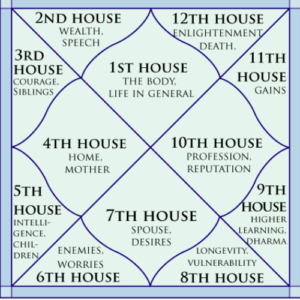
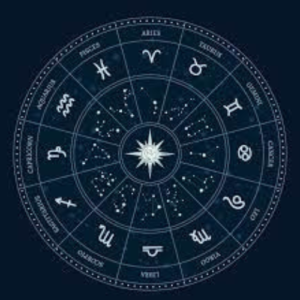
Suggested Donation: $101
Tarrot Card
Tarot cards were initially intended primarily as a parlour game, despite the mystical connotations they have acquired in popular culture. The cards have been in use since at least the middle of the 15th century, and the earliest known decks were from different regions of Italy. The tarot wasn’t first utilised for divinatory (or occult) purposes until the 18th century; in Paris in the 1780s.
There is a sizable group of people who find tarot cards informative and entertaining, if not necessarily supernatural, in between those who think it’s a joke and those who believe they are real magic. Tarot reading (for oneself and for others) can be an enlightening past time, whether it turns into a pastime or a full-time business.
You will need a tarot deck first. The Rider-Waite deck, created by illustrator Pamela Colman Smith and released in 1910, is the most well-known and widely used. These cards are renowned for their straightforward symbolism, straightforward colour palette (which includes lots of yellow, sky blue, and grey), and straightforward imagery. Since the meanings of the cards are sometimes obvious, the Rider-Waite deck is frequently recommended for novices. When they are not, there are many interpretation guides available in books and online. Many decks, notably the Rider-Waite, include a small piece of paper outlining each of the most typical interpretations for each card.
The Rider-Waite is not the only deck available to beginning readers, despite being the most well-known. While the Wild Unknown deck is very attractive, new players may find it to be a little less obvious. Like the Rider-Waite on steroids, the Morgan Greer deck has comparable symbols but with larger, bolder faces and more vibrant, variegated hues. There are contemporary, varied decks as well as decks with Game of Thrones themes. The most crucial step is choosing a deck with pictures and symbolism that appeal to you. Since you will be utilising them, they must match your personality and sense of style.
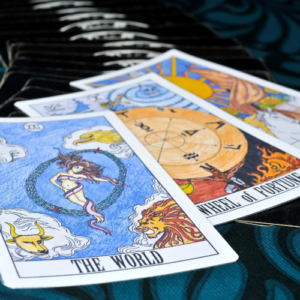
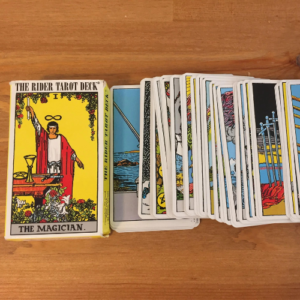
Suggested Donation: $75
Bhrigu Sanhita
An ancient Hindu astrological text that is supposed to include horoscopes created just for the consultation time and facts about millions of lives. The Mahabharata mentions the original Bhrigu, a Vedic sage. It is impossible to pinpoint the author of the Bhrigu-Samhita because the Bhrigus were a revered race, but tradition has it that he lived 10,000 years ago and had a divine vision of every person who would ever be born, in every nation on earth. He assembled this knowledge in his renowned astrology treatise, which was initially written on palm leaves.
Although no whole manuscript is known to exist, there are reports that sizable portions may do so in India. The method is believed to have 200 volumes in a printed edition, although the majority of Indian astrologers who use it use loose manuscript pages. These are intended to provide the client’s name composed of Sanskrit syllables that approximate names in any language, as well as information about former lives and other incarnations.
The astrologer typically suggests that a specific religious rite be sponsored in addition to his fee in order to appease the gods for previous misdeeds.
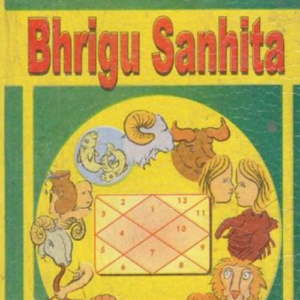
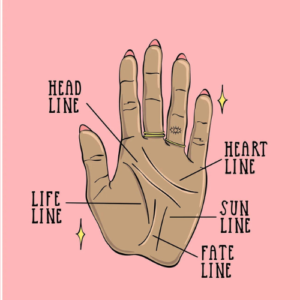
Suggested Donation First: $25
Final Suggestion: $151
Palm Reading
Do you have any experience reading palms? Palm reading, also known as palmistry or chiromancy, is one of the most revered divination techniques despite being challenging to understand (pun definitely intended). In a nutshell, palmistry is the practise of interpreting personality traits and foretelling future events by examining the physical qualities of the hands. Hands are regarded as windows in palmistry that reveal priceless information. However, contrary to popular belief, learning the fundamentals of palm reading, such as the life line and the love line, isn’t as challenging as you may imagine. Let’s examine the fundamental principles and methods of palm reading in the section that follows, along with some advice on how to develop your own style. Considering that, if you understand how to interpret this strong Magcal Tool, your Future literally lies in the palm of your Hand.
It is thought that palmistry originated in ancient India, however its exact beginnings are unknown. From there, it is thought to have migrated across the Eurasian landmass to China, Tibet, Persia, Egypt, and Greece. In reality, more than 2,500 years ago, Aristotle described palm reading in his book De Historia Animalium (History of Animals). “Lines are not written into the human hand without cause,” he claimed.

